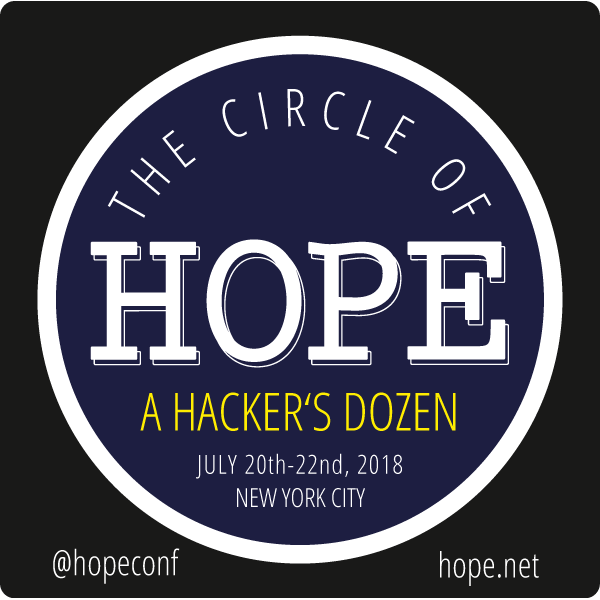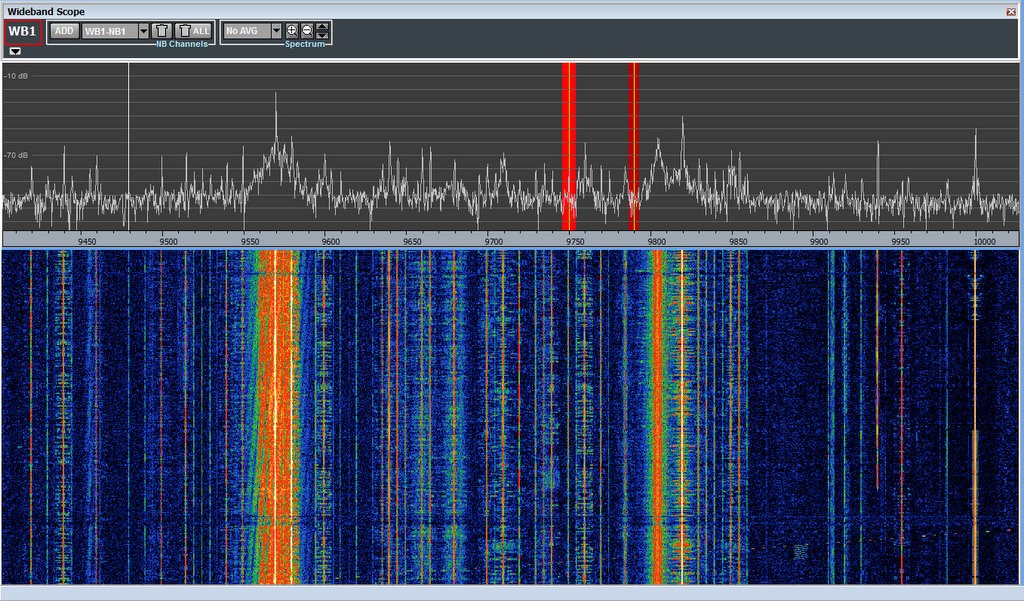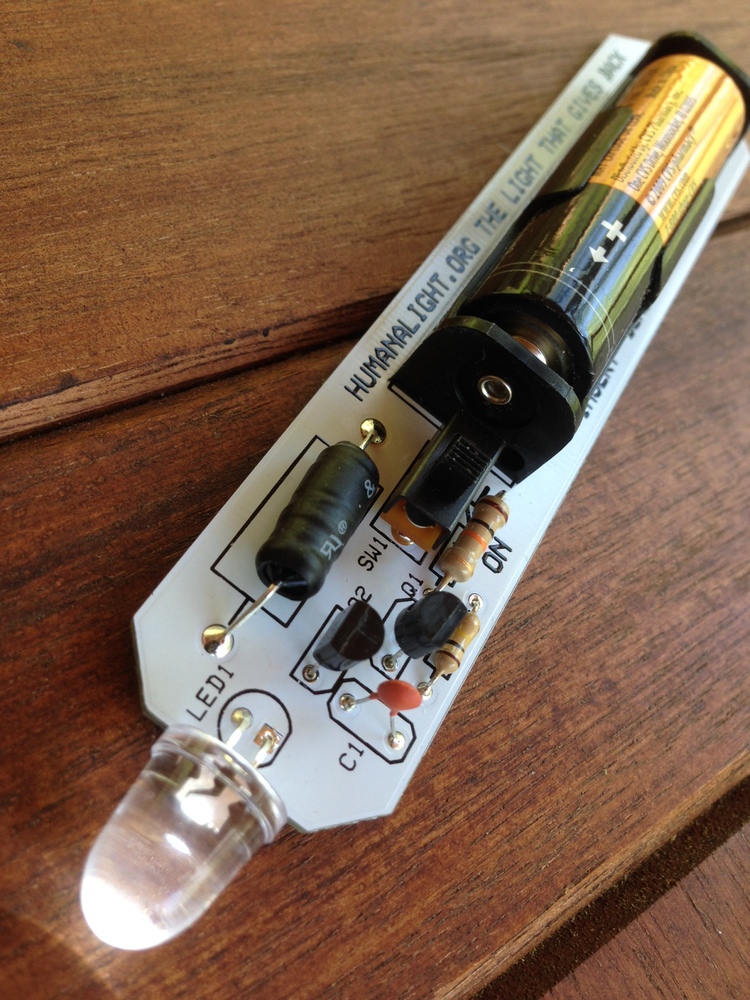
Many thanks to SWLing Post contributor, Ed, who writes:
You might consider reporting on The SWLing Post that there will be several talks at the The Eleventh HOPE conference this Fri/Sat/Sun that might interest your readers, including:
Tuning in to New York City’s Pirates of the Air
David Goren
Pirate radio in New York City is a homegrown cultural phenomenon that is at once aesthetically vibrant, technologically tumultuous, and undeniably illegal. Emanating from clandestine studios and hidden transmitters, the sounds of Kreyol, Yiddish, Spanish, and Caribbean-accented English waft into the urban atmosphere. On an average night in Flatbush, Brooklyn, it’s not uncommon to be able to hear as many as three dozen pirate stations between 87.9 and 107.9 Mhz. This flowering of outlaw micro-radio stations in Brooklyn and throughout the greater New York City region is a major disruption to the status quo of corporate controlled, robo-playlisted mega stations. Their unregulated presence and programming often reflects the throb and hum of a diverse city more authentically than traditional media outlets. Join radio producer David Goren for an audio tour of these stations featuring the music, programs, and personalities that make up New York City’s pirate radio scene.
Monitoring Dusty War Zones and Tropical Paradises – Being a Broadcast Anthropologist
Mark Fahey
Tuning in distant foreign radio and television stations is a conduit to unique and exotic information. These signals are often confronting, uncensored, and unsanitized. In the western world, we blur or pixelate images of death and torture, but signals from war zones or rebellions show tragedies happening live on the air. Other signals broadcast the joy of life on this planet through exotic song, music, and film. Digital wide-band recordings of the electromagnetic spectrum allow virtual time travel, a form of mental teleportation whereby recorded spectrum is tuned to hear stations as if they were being tuned in real time. Take a virtual tour of Mark’s monitoring station in Sydney, Australia which is wired to access the world’s mass media via whatever delivery conduit is needed to capture the content. The station receives hundreds of thousands of inbound digital audio and video channels that let him monitor domestic radio and television from most parts of the world. If he wants to watch breakfast television from Tibet, or maybe the nightly news from the remote Pacific islands of Wallis and Futuna, then it’s available in perfect studio quality. You’ll also see his visits to remote broadcasters and rare, uncensored video from telejournalists that captures the tragedies and joy served up by our planet.
Democratizing Wireless Networks with LimeSDR: Open Source, Field-Programmable RF Technology
Ebrahim Bushehri
This talk presents new, low-cost, open-source, field programmable RF technology, where flexibility is extended from the digital to the RF domain. See demonstrations from the open-source community using the LimeSDR platform, which incorporates two transmitters and two receivers covering 100kHz to 3.8GHz which can emulate GSM, LTE, UMTS, Wi-Fi, Bluetooth, Zigbee, RFID, HDTV, radio astronomy, passive RADAR, 2G/3G/4G cellsites, IoT gateway, amateur radio, wireless keyboard/mouse transmission/detection, aviation transponders, utility meters, satellite reception, remote tire pressure monitoring, drone command and control, RF test and measurement, and more.
We have more than 150 speakers this time over three days in three tracks.
Thank you Ed! I trust a number of SWLing Post readers will attend HOPE 2016. I certainly wish my travels would make it possible for me to attend this year–it would especially be great to see presentations by my good friends, David Goren and Mark Fahey.
Click here to view The Eleventh HOPE site.
UPDATE: Live streams
Many thanks to post reader, Aaron Kuhn, who notes the following:
In regards to those HOPE talks, the conference talks will be streamed.
[The] schedule of the talks is here:
https://hope.net/grid.html
The streams will be at:
http://livestream.com/internetsociety
http://livestream.com/internetsociety2
http://livestream.com/internetsociety3
(depending on the room the talk is in)






